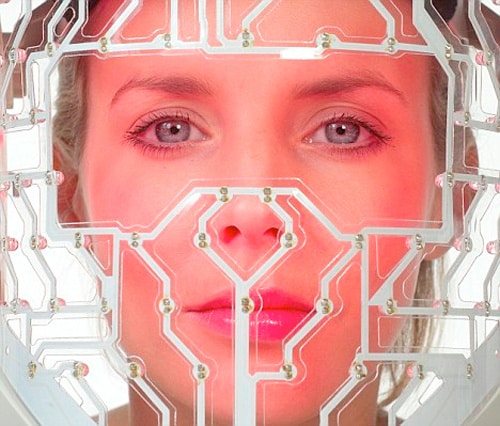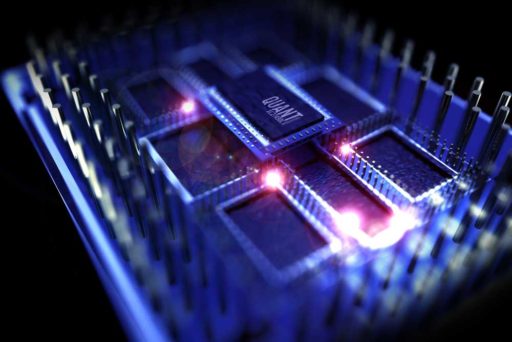Scientists have discovered that humans aren’t the only species that dig the high-definition picture quality of modern HDTVs. Renata Pronk and colleagues from Macquarie University, Australia have studied the behavior of octopuses when they are shown images in HDTVs, and have observed that the mollusks react to high-definition videos where they used to be nonresponsive to movies on a SD set.

In 2008, Pronk theorized the difference ultimately came down to the frame-rate, not image quality (at the time one in five HDTV owners couldn’t tell the difference between HD and SD programming.) She said that standard definition video probably seemed more like a series of still images instead of a real object.
When a 50-frames-per-second, progressive-scan clip of a “tasty crab” was shown to an octopus caught from Sydney Harbor it reacted to the image like it was the real deal.
“The octopus jetted towards the screen and tried to catch the crab and eat it,” Pronk says in the article from the Journal of Experimental Biology.
Unfortunately for the octopus, the crab was in fact not tasty nor real.
Hopefully Pronk is working up a new test so octopuses can tell us if it’s worth it to fork out extra cash for a 240 hertz set, or if we’re better off saving with a 120 hertz model.



